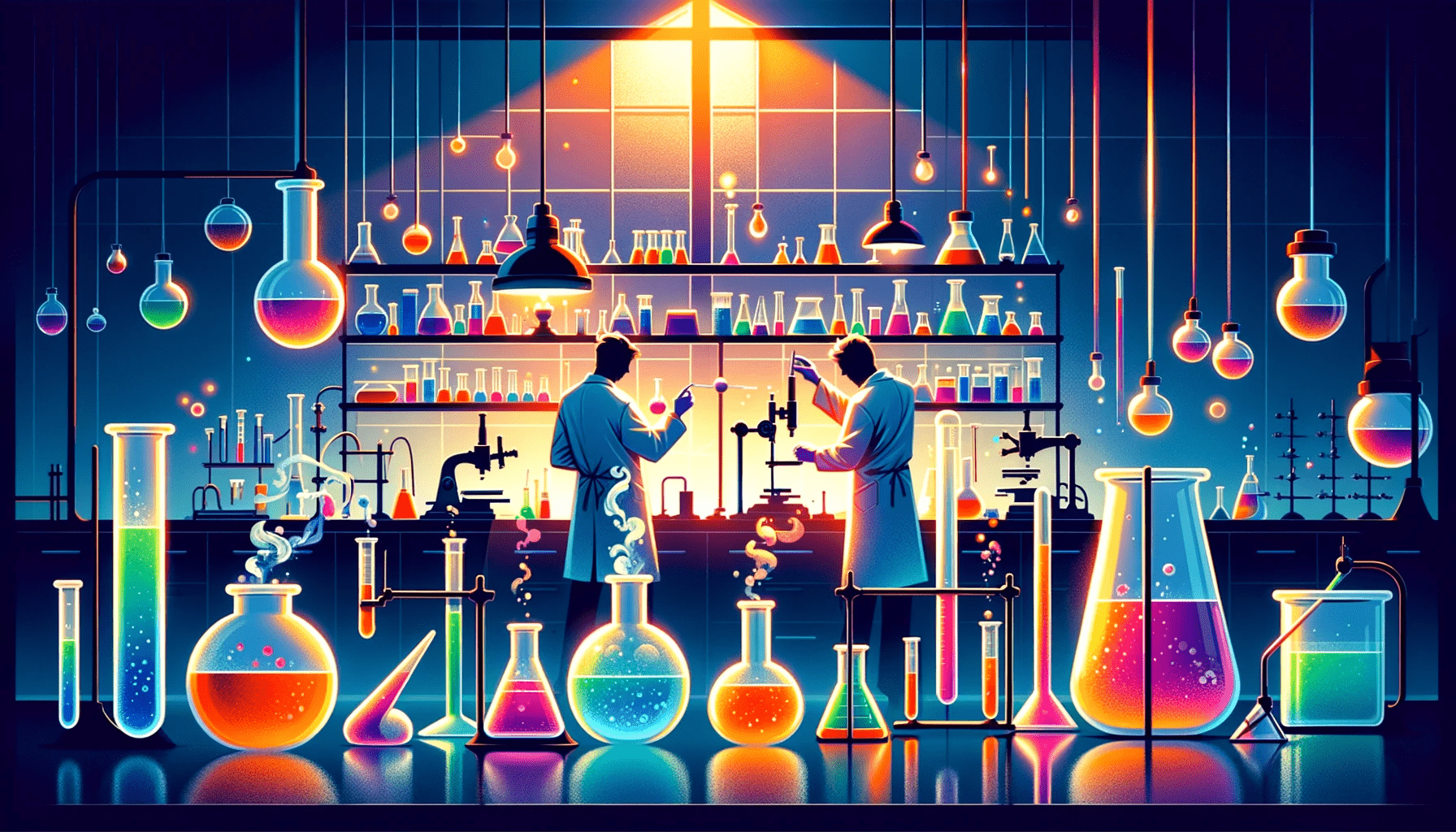IB Chemistry HL IA examples
Type a search phrase to find the most relevant Chemistry IA examples for you
IA
Not sure what to search for? Generate a topic or look through our example Internal Assessments below for inspiration.

Need a topic?
Generate ideas
Filters
All Chemistry HL IA Examples
Topic

